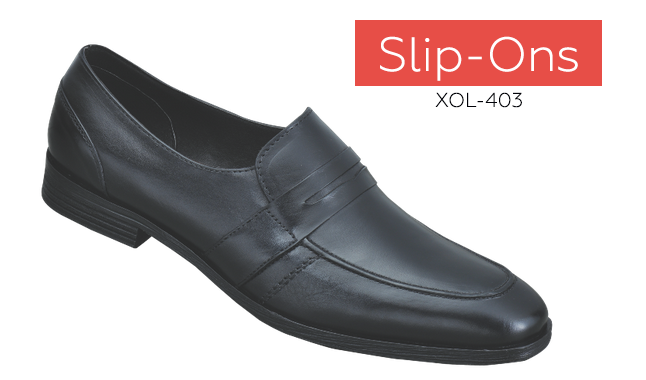
Men’s Dress Shoes When buying a high-quality men’s shoe, it is important to note the occasion. For instance, you shouldn’t pair a business casual shoe with a suit. This is a common mistake and it will quickly undercut your professional appearance. Instead, follow this men’s dress tip: The best shoes to wear with a suit are fine leather shoes with a leather, not rubber, sole. Men’s Dress Shoes You can choose between different styles such as tassel, wingtip, or squared toe, but make sure they are freshly polished.
Follow the guidelines below to choose the best shoe to round out your wardrobe or the perfect pair for each occasion.
Footwears- https://xofootwear.com
Balmoral (Bal): The dressiest oxford men’s footwear.
Every man who owns a suit should own a pair of classic oxfords that are minimally styled. If you wear suits daily you should rotate three pairs or more.
- Sleek, refined, most often sold in black or brown. Appropriate in any dark conservative color.
- Style variations include plain toe, cap toe, brogue, and whole cut.
- It should be worn with a suit, but maybe worn with a sports jacket and odd trousers if casually styled.
- Do not combine with jeans or chinos.

Oxfords / Bluchers: Less dressy than Bal’s, Oxfords can be identified by the lacing system sewn outside of the shoe.
Well-dressed men know that Oxfords can be worn with a suit, but they are better with an odd jacket and trousers. A classic shoe that should serve as your 2nd or 3rd pair depending on need. The more extreme the styling, color, or material – the less versatile the shoe.

- If they are casually styled, they can be worn with jeans.
- Style variations include cap toe, wingtip, and brogue.
- Upper materials include suede and mixed leathers.
- Common variations are saddle shoes, Derbys, spectators, and laced moccasins.
![]()
Men’s Dress Boots
If you live in weather conditions that warrant their wear, you should consider boots. Otherwise, they should be reserved for your 4th or 5th pair. Dress boots are meant to be worn in colder weather to protect your ankles from water, mud, and snow. They should only be worn with a suit if the weather calls for it. Men’s Dress Shoes
- Style variations include cap toe, wingtip, and brogue.
- Upper materials include water-resistant leather.
- Appropriate with a sports jacket and odd trousers or jeans.
- Only wear a suit in rainy or snowy weather.
![]()
Slip-on Shoes
Slip-on should only be worn with a suit when traveling. They are best with a casual odd jacket and trousers, minus the necktie. They can be worn with jeans or chinos, as well. Loafers are a traveler’s best friend because they are easy to slip on and off when going through airport security or when relaxing on the plane. We recommend they be your 2nd pair of traveling shoes. Men’s Dress Shoes Or they could be the 3rd pair if you want to travel with 2 pairs of oxfords so that you look especially sharp around town in jeans and a button-down shirt.
- The least dressy choice, they are designed for comfort and convenience.
- Style variations are wide.
- More delicate styles, or styles that closely resemble oxfords, can be used for more dressy occasions.
- The greater the exposure to socks, the less formal Men’s Dress Shoes.
- Common variations are monk straps, tassel loafers, penny loafers, and unlaced moccasins



